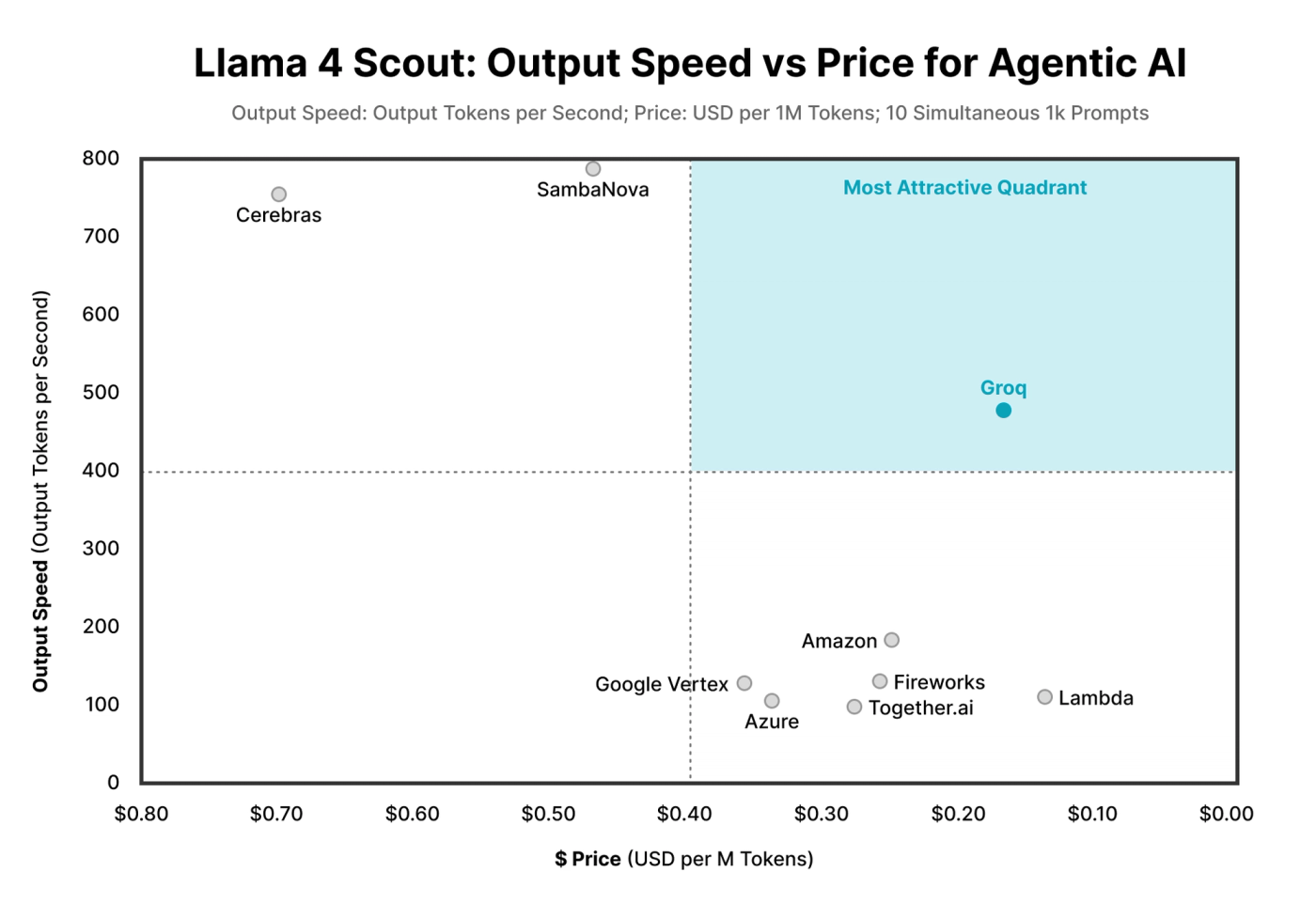Inference is where AI goes to work.
Our custom LPU™ is built for this phase—developed in the U.S. with a resilient supply chain for consistent performance at scale.
It powers GroqCloud™, a full-stack platform for fast, affordable, production-ready inference.



